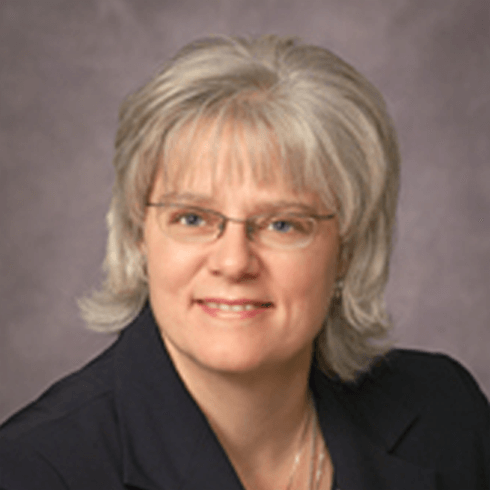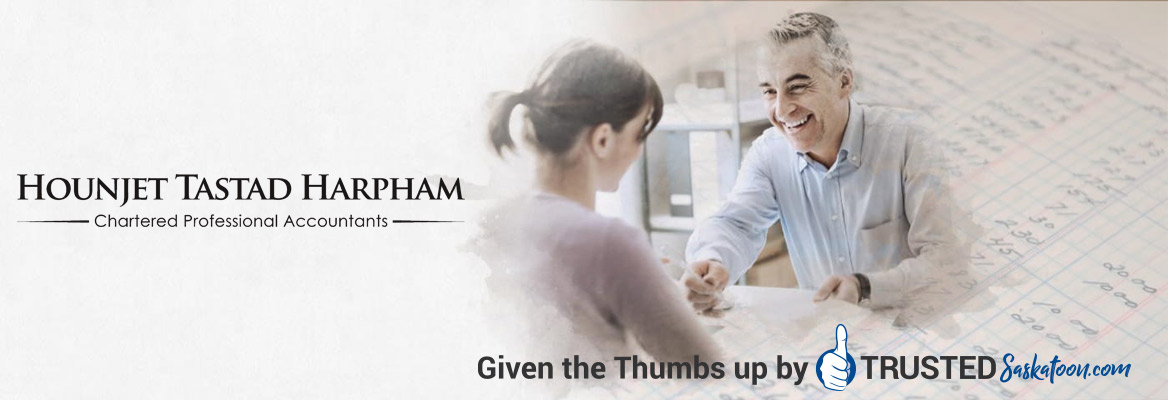The Trusted Saskatoon team is thrilled to welcome Hounjet Tastad Harpham Accountants to our Saskatoon directory of excellence in the Saskatoon Financial Services Category!
Hounjet Tastad Harpham
Hounjet Tastad Harpham is a locally owned and operated accounting firm in Saskatoon. While they are based in Saskatoon, they serve clients across the entire province. Hounjet Tastad Harpham has spent decades gaining the trust of the people of Saskatchewan and has gained a reputation as one of the most knowledgeable and consistent accounting firms in the city, and province. They provide accounting and tax services for small, medium, and large businesses, as well as individuals and non-profit organizations. Hounjet Tastad Harpham is a partnership between Roseline Hounjet, Allyn Tastad, and Dustin Harpham.
Roseline Hounjet - CPA, CGA, CFP
 Roseline has nearly three decades of experience in public accounting and is a certified financial planner. Roseline particularly enjoys the challenge of working with fellow entrepreneurs, assisting in the startup, growth, and continued success of their businesses. Roseline resides near St. Denis with her husband Denis and has three adult children who live in the Saskatoon area.
Roseline has nearly three decades of experience in public accounting and is a certified financial planner. Roseline particularly enjoys the challenge of working with fellow entrepreneurs, assisting in the startup, growth, and continued success of their businesses. Roseline resides near St. Denis with her husband Denis and has three adult children who live in the Saskatoon area.
Allyn Tastad - B.Comm, CPA, CGA

Allyn has been a public accountant since 1988. He provides tax and accounting services to a wide range of clients, from individuals to large-scale enterprises. Allyn is also a regular contributor to the Western Producer as a columnist. He is still actively involved with the family farm near Loreburn, SK, and lives in Saskatoon with his wife Pattie and their two children.
Dustin Harpham - B.Comm, CPA, CGA

Dustin has been working in public accounting since 1996. Dustin brings diverse tax expertise to the firm and enjoys applying computer applications to accounting and tax problems. Dustin lives in Saskatoon with his wife Angela and their three children.
Why Hounjet Tastad Harpham are Trusted Saskatoon Accountants.
We knew about Hounjet Tastad Harpham as they have been Trusted's accountants since 2011- in addition they have been the personal accountants of Sara the Trusted founder since 2006. They have an exceptional reputation within the Saskatoon business community. Therefore, we were thrilled when they showed interest in joining the family of TrustedSaskatoon.com businesses. While interviewing clients for their verification, they received stellar ratings - 10/10 after 10/10!
Don't just take it from us, check outwit their other clients had to say !
Yvonne Crozier of Straightline Builders had this to say about Hounjet Tastad Harpham:
"Hounjet Tastad Harpham took over our accounting after a bad experience with another firm. They took over and fixed the issue right away. The experience working with Hounjet Tastad Harpham has been nothing but wonderful."
Another satisfied customer from Saskatoon had this to say:
"Roseline has always been at the forefront of non-profit accounting. I appreciate her cautious and careful approach to avoid any potential issues. They always went above and beyond to educate us, and their bilingual service is a great added value that not a lot of accountants offer." - Julien Gaudet (Saskatoon)
While interviewing clients, a couple of themes consistently came up.
The first was that the accountants at Hounjet Tastad Harpham go out of their way to educate their clients on their accounting affairs in a straightforward way that the client can understand. The second was that Hounjet Tastad Harpham Accountants are very customer service focused; they are very attentive to their client's needs and provide prompt responses and feedback.
Trusted Saskatoon warmly welcomes Houjet Tastad Harpham Accountants to our directory of excellence in the Saskatoon financial services category, and we are proud to give them the thumbs up!
